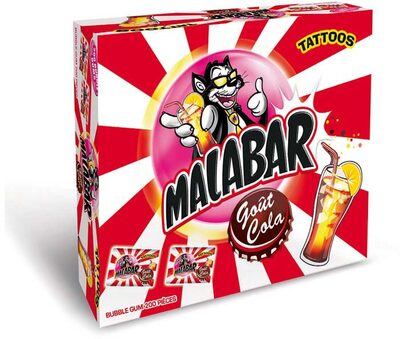Malabar x200 - 1340 g
This product page is not complete. You can help to complete it by editing it and adding more data from the photos we have, or by taking more photos using the app for Android or iPhone/iPad. Thank you!
×
Some of the data for this product has been provided directly by the manufacturer Carambar & Co.
Barcode: 3664346305785 (EAN / EAN-13)
Common name: Bubble gum goût Cola.
Quantity: 1340 g
Brands: Malabar
Countries where sold: France
Matching with your preferences
Environment
Packaging
Transportation
Other information
Conservation conditions: A conserver à l'abri de la chaleur et de l'humidité.
Customer service: Service Consommateur Crb & Co, Par téléphone 00 800 56 66 76 86 - Appel non surtaxé. Nos services sont ouverts du lundi au vendredi de 09h00 à 19h00. Par email : serviceconsommateur@carambarco.com
Report a problem
Data sources
The manufacturer Carambar & Co uses CodeOnline Food to automatically transmit data and photos for its products.
Manufacturers can use the Open Food Facts free plaform for producers to access and complete this data, and to obtain reports, analysis and product improvements opportunities (e.g. better Nutri-Score).
Product added on by kiliweb
Last edit of product page on by org-carambar-co.
Product page also edited by openfoodfacts-contributors, yuka.V29ZdUNhWVlvTk1PcGRvQm9SL1k1TzVvNVp1MWJWNnBFZk1zSVE9PQ.






